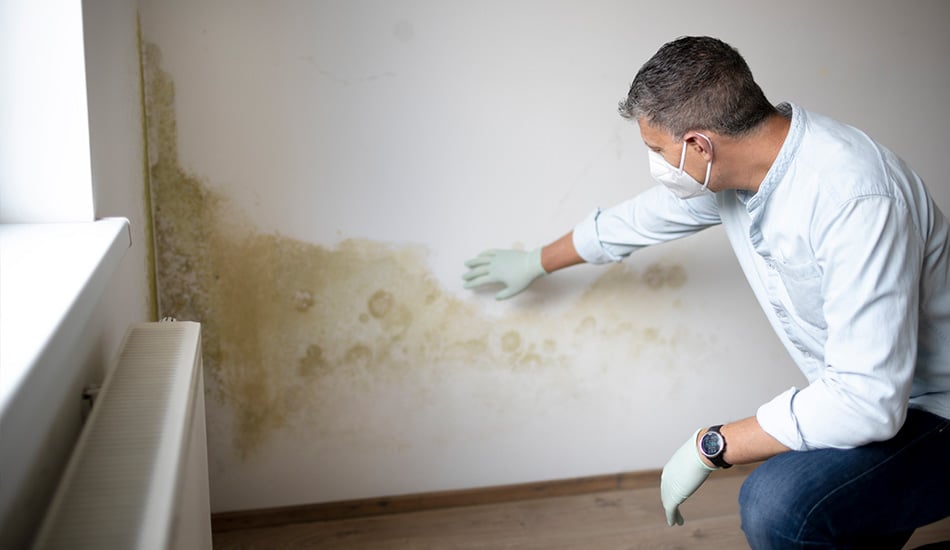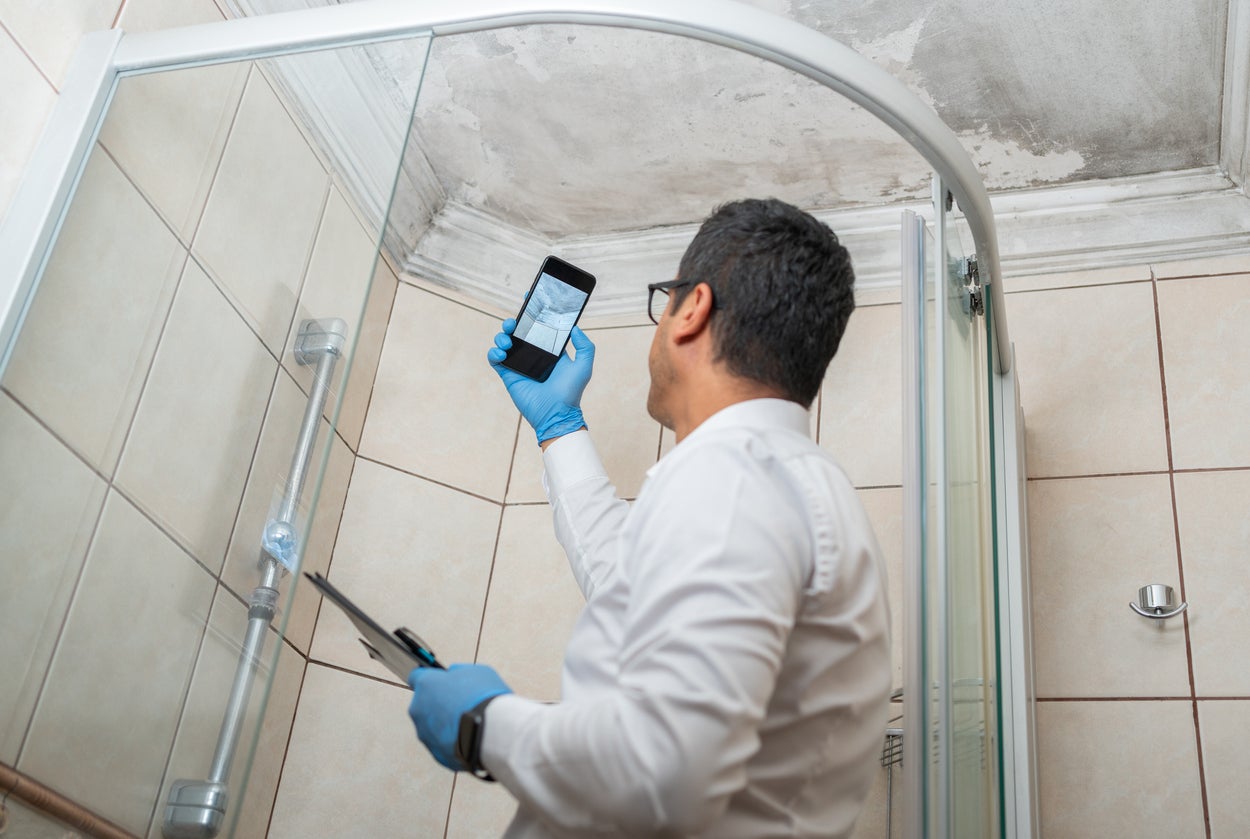Making Certain Post Remediation Verification Precision
Making Certain Post Remediation Verification Precision
Blog Article
Effective Blog Post Mold And Mildew Remediation Solutions for Your Home
Mold and mildew growth in homes can be a relentless problem, frequently requiring a methodical approach for reliable post-remediation options. From understanding the aspects that add to mold and mildew advancement to applying appropriate cleansing techniques and dampness control measures, the procedure can be intricate yet vital for maintaining a healthy living setting. Post Mold Remediation Report.
Recognizing Mold Growth Variables
The primary factor contributing to mold growth is dampness. Mold and mildew spores call for dampness to prosper and sprout, making humid or damp environments very at risk to mold and mildew invasions.

Furthermore, airflow and light direct exposure can impact mold and mildew growth. Areas that do not have appropriate ventilation and all-natural light are more susceptible to mold and mildew development. By addressing these aspects adequately, people can efficiently alleviate mold and mildew growth and secure their living settings.
Proper Mold Cleansing Strategies
Using reliable cleansing methods is necessary in resolving and avoiding the reoccurrence of mold and mildew contamination in interior settings. When managing mold, it is essential to prioritize security by putting on safety equipment such as gloves, masks, and goggles. The very first step in proper mold cleaning is to contain the affected area to stop the spread of spores to uncontaminated areas. This can be accomplished by sealing the space and using air scrubbers or negative air equipments to keep air top quality.

Applying Dampness Control Measures
To properly avoid mold and mildew growth and contamination in interior environments, applying wetness control actions is critical. In addition, making sure correct ventilation in locations prone to moisture accumulation, such as bathrooms and kitchen areas, can help minimize the threat of mold growth. By faithfully executing these dampness control steps, home owners can effectively minimize the chance of mold recontamination and maintain a healthy indoor atmosphere.
Making Use Of Natural Remediation Solutions
After effectively applying moisture control steps to protect against mold and mildew growth in indoor atmospheres, house owners can currently discover the effectiveness of natural remediation options in keeping a reference healthy and balanced space. Natural remediation solutions use ecologically pleasant techniques to battle mold and mildew and mold, making them a popular choice for those seeking non-toxic alternatives. One such solution is using vinegar, a natural antimicrobial representative, to disinfect and tidy surface areas polluted by mold and mildew. Simply thin down vinegar with water and spray it onto the affected locations, enabling it to rest for a couple of hours prior to wiping tidy. In addition, tea tree oil, understood for its antifungal residential or commercial properties, can be blended with water and sprayed onto mold-infested surfaces to click over here inhibit more development. An additional natural choice is hydrogen peroxide, which can efficiently kill mold and mildew on numerous surface areas without leaving dangerous residues behind. By incorporating these natural removal options into their cleaning regimens, home owners can successfully deal with mold development while promoting a healthier interior atmosphere for themselves and their families.

Keeping a Mold-Free Environment
Consistently evaluating locations prone to mold development, such as shower rooms, cellars, kitchens, and attics, is critical. Correct ventilation in locations with high moisture levels is additionally crucial to stopping mold development.
Furthermore, preserving tidiness in the home is essential for mold and mildew prevention. Keeping indoor plants in Check Out Your URL check and guaranteeing appropriate drain in exterior landscape design can decrease dampness accumulation, reducing the likelihood of mold infestations.
Final Thought
To conclude, it is necessary to address mold and mildew growth factors, make use of proper cleansing techniques, apply moisture control actions, utilize all-natural remediation options, and maintain a mold-free atmosphere in order to properly take care of post mold removal in your home - After mold remediation. By following these techniques, you can protect against mold from repeating and make certain a healthy living environment for you and your household
The key factor contributing to mold development is dampness. Mold and mildew spores require wetness to sprout and grow, making moist or damp settings highly vulnerable to mold invasions.To successfully protect against mold and mildew growth and contamination in indoor atmospheres, executing moisture control measures is critical. Furthermore, making sure appropriate air flow in areas susceptible to moisture accumulation, such as shower rooms and cooking areas, can aid lower the threat of mold and mildew growth.After effectively executing wetness control steps to avoid mold development in interior settings, home owners can currently check out the efficiency of natural remediation solutions in keeping a healthy and balanced living area.
Report this page